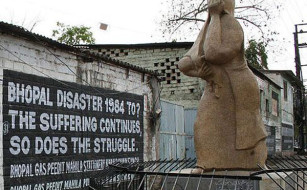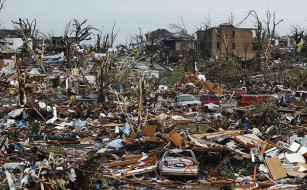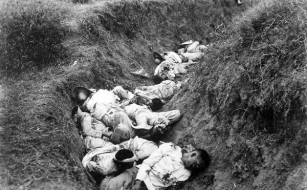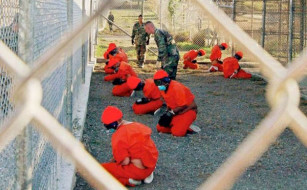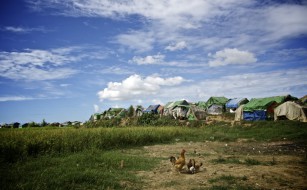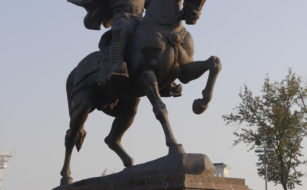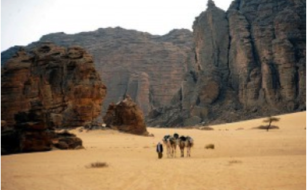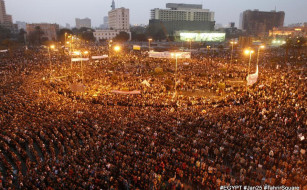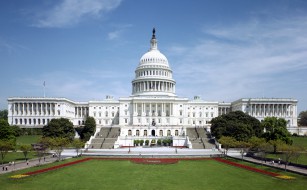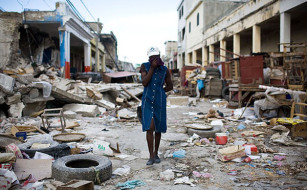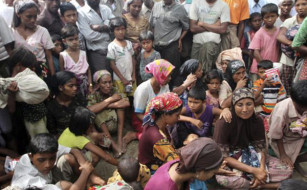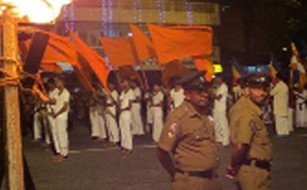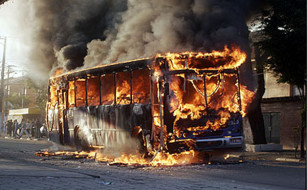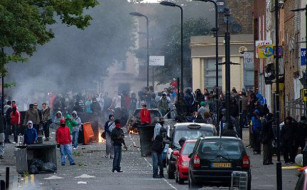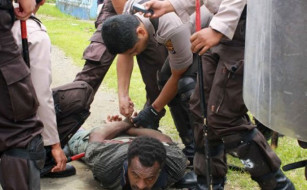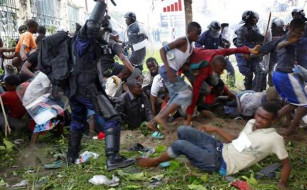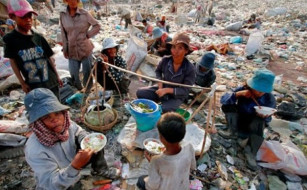One Year After Fatal Disaster Exxon Mobil Allegations Remain Unanswered
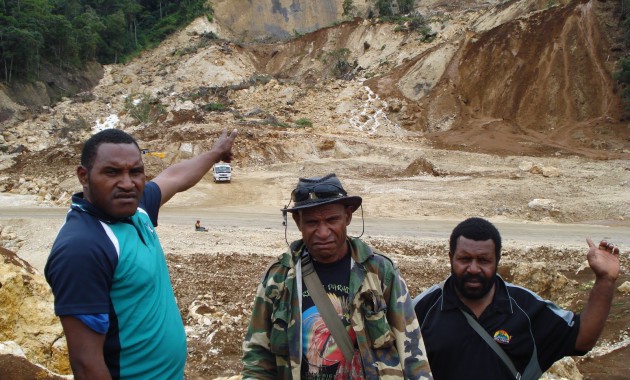
In the heart of the South Pacific is the resource rich nation of Papua New Guinea. Once lampooned by London Mayor, Boris Johnson, it is now tipped to be the region’s new ‘tiger’ economy, and investors are flocking. Even the United Kingdom is trying to build trade and investment links with its forgotten former colony.
But with the scramble for Papua New Guinea’s resources new dangers are emerging in a country whose state lacks the institutional machinery, or political inclination, to robustly oversee gas, oil and mineral operators.
Those living in the remote Tumbi area of Papua New Guinea’s rugged Southern Highlands know this all too well. It was here one year ago that a landslide swept dozens of local villagers to their death. Twelve months later, families of the victims are no closer to finding an answer to the disaster’s cause, or Exxon Mobil’s alleged involvement.
At the landslide’s epicentre was the QA1 limestone quarry run by MCJV, an Exxon Mobil subcontractor. The quarry serviced construction work for Exxon’s $19 billion liquefied natural gas (LNG) project, known locally as PNG LNG.
For villagers living near Tumbi, the quarry was always a concern. Indeed, as QA1 expanded up the mountain during 2010-11, residents raised questions over the quarry’s effect on the mountain’s geology and nearby waterways.
These questions became deafening on 24 January 2012, when the land around QA1 collapsed, producing a massive landslide that deposited three million cubic metres of debris on top of village homes.
A reporter from the national newspaper, Andrew Alphonse, captured the unfolding tragedy:
“The sound of wailing fills the air around the legendary Gigira mountain in Tari as mothers openly shed tears as they go about trying to locate their loved ones in one of the worst landslides ever recorded in Papua New Guinea. Clad in mud and weeping and wailing, the mothers are joined by other villagers, lucky to be spared by the tonnes of mud, huge limestone slabs and debris that came down suddenly on the sleeping village at the foot of the mountain.”
In the landslide’s immediate aftermath local resident, Timothy Nogobe, remarked, “we have been living on this land for the past 6000 years this is the first time our mountain has killed us.”
Some eyes turned to Exxon Mobil. An official from the government’s National Disaster Centre (NDC), Bill Yomba, told CNN, “we are still trying to find out the cause but at this stage we believe the gas project run by Esso Highlands Limited [Exxon’s Papua New Guinea subsidiary] was a contributor because they had been digging for limestone in the area.”
Yomba’s managers were not happy – Papua New Guinea’s government has a 16.8% stake in the LNG project – and the NDC went into damage control. Several days later they released a report, heavy rain water it said caused the landslide – QA1 was not even considered. According to Reuters’ reporter, Rebekah Kebede, Exxon Mobil had “provided logistics, transport and accommodation” for the NDC investigators.
Durham University hazard expert, Professor Dave Petley, questioned the findings.
“Clearly at least a part of the quarry was lost in the landslide, so a proper discussion of whether the quarry played a role in activating these weaknesses seems essential to me”, Petley observed.
As these important questions circulated in the international media, local residents dug for their loved ones by hand. Meanwhile, just a stone’s throw away, Exxon Mobil excavators were reportedly repairing a road vital to the company’s Komo airfield worksite.
At one stage angry Tumbi villagers threatened to shut down the LNG operation. In response, the Papua New Guinea government promised an independent inquiry. It never happened. Even a memorial plaque reportedly pledged by Exxon Mobil had not materialised when I spoke to Tumbi residents in December last year.
And problems continue to beleaguer the Exxon Mobil operation. Radio New Zealand Internationalreported last week that another “large landslide” has just occurred not far from Tumbi. Fortunately, no one was killed this time.
It seems landslides are becoming something of a reoccurring event at PNG LNG work-sites.
Back in March 2011 the project’s independent environment and social consultant (IESC) observed: “On November 13, 2010 a mudslide occurred… The failure took place in spoil from the EPC4 top camp placed by CCJV [Exxon subcontractor] apparently without distributing the engineering drawing to all responsible parties or without undertaking a thorough assessment of engineering and environmental/social risk.”
The independent consultant concluded: “The overall impression of the IESC is that incidents and situations have developed because the Project has circumvented correct procedures in the interest of schedule”.
I feel multiple hazards at PNG LNG are suggestive of a pattern. Accordingly, the case for an independent inquiry into the Tumbi disaster is just as strong today.
Indeed, those of us researching the landslide can’t understand official reluctance to initiate an arms-length inquiry. Were fault to be found on the part of MCJV or Exxon Mobil, compensation payments would not break the bank.
It is tempting to wonder whether there is something else an independent inquiry might reveal? Speculation will continue until a thorough investigation is conducted.
In the meantime the families of those who died at Tumbi continue to wait for answers.
*The International State Crime Initiative’s report on the Tumbi disaster can be accessed here.
Follow Dr Kristian Lasslett on Twitter: www.twitter.com/KLasslett
This piece was originally posted on The Huffington Post






